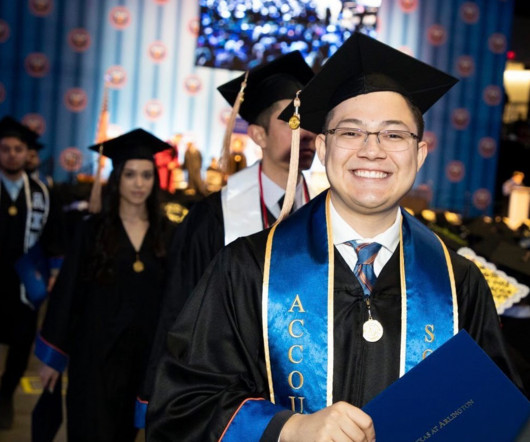They Don’t Really Care About Us? Ensuring a Better Connection Between Research, Policy, and Practice to Ensure Success for Black Men in Higher Education
Diverse: Issues in Higher Education
JANUARY 23, 2025
Aside from writing about the plight of Black men in higher education, in our scholarship, we have employed an anti-deficit approach to highlight critical factors that help to facilitate the access, retention, and persistence of Black men in college. We know that when the nation focuses on addressing systemic issues Black males can succeed.











Let's personalize your content